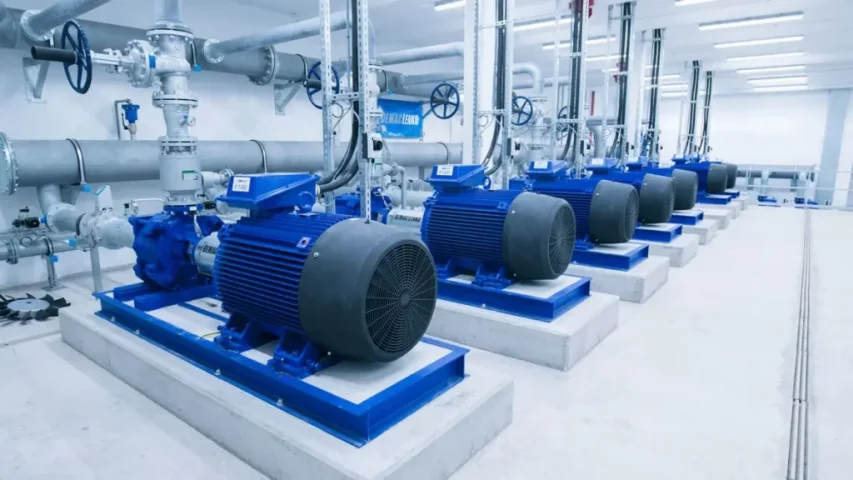Water plant facilities are among the largest energy consumers in municipal and industrial sectors, requiring reliable and efficient power management to ensure uninterrupted service. With increasing energy costs and sustainability mandates, integrating a robust microgrid control system can enhance reliability, reduce costs, and optimize power utilization across water pumping, boosting, and wastewater treatment operations.
The Need for Intelligent Energy Management in Water Plants
Water plants operate mission-critical loads, such as pumps, aeration blowers, and treatment processes, which require continuous power supply and dynamic coordination. Advanced microgrid controls provide:
- Seamless integration of solar PV, battery energy storage (BESS), and gensets for optimized energy use.
- Real-time monitoring and predictive analytics for efficient load management.
- High reliability and resilience to mitigate power disruptions and ensure uninterrupted operations.
- Electricity cost optimization through peak shaving and tariff-aware dispatch strategies.
With intelligent scheduling and synchronized dispatch, modern microgrid controls optimize operational costs while ensuring sustainability and resilience for water infrastructure.
Key Benefits of an Integrated Microgrid Control System
1. Enhanced Reliability and Resiliency
Uninterrupted water supply is essential, and a well-coordinated microgrid control system ensures power stability by:
- Enabling seamless transitions between grid power, on-site renewables, and backup generation.
- Ensuring automatic islanding during grid outages to sustain critical processes.
- Providing real-time voltage and frequency control to maintain operational stability.
2. Fuel Burn and Cost Optimization
Water plants often rely on diesel gensets for backup power, making fuel efficiency a key concern. Advanced microgrid controls help by:
- Dynamically adjusting generator load setpoints to prevent inefficiencies.
- Implementing fuel burn optimization algorithms for lower operational costs.
- Utilizing real-time performance monitoring to enhance dispatch efficiency.
3. Peak Shaving and Electricity Tariff Optimization
Energy-intensive water treatment processes often result in high electricity demand charges. A microgrid control system can:
- Forecast and optimize load scheduling to reduce peak demand.
- Dispatch stored energy strategically to minimize time-of-use charges.
- Adapt pumping operations to avoid excessive energy costs while maintaining treatment efficiency.
4. Renewable Energy Integration and Grid Services
With increasing adoption of solar PV and battery storage, water plants can benefit from:
- Renewable generation forecasting to optimize energy storage and dispatch.
- Load shifting and smoothing to enhance power quality and grid stability.
- Advanced power services, including frequency response and voltage/VAR control, to support stable operations.
Future-Proofing Water Plants with Smart Microgrid Control
Predictive and adaptive control mechanisms empower water plants to anticipate power fluctuations, prevent disruptions, and dynamically optimize operations. A comprehensive microgrid control system provides:
- Automated power resynchronization for smooth transitions after outages.
- Remote diagnostics and fault detection to reduce downtime.
- Digital twin capabilities to simulate scenarios and optimize performance.
Conclusion
As water treatment facilities face rising energy costs and sustainability challenges, an advanced microgrid control system is essential for optimizing efficiency, reducing costs, and ensuring continuous operation. By integrating intelligent controls, predictive analytics, and automated dispatch, water plants can achieve higher reliability, energy savings, and environmental sustainability.
At Acelerex, we offer cutting-edge microgrid control solutions tailored to modern water plant needs. Contact us to learn how we can help optimize your operations with intelligent automation and advanced energy management systems.

